Africa
Auction of the Peace Diamond could mean hope for Sierra Leone’s legal trade
The proceeds from the Peace Diamond’s upcoming auction will be used to develop communities in Kono.
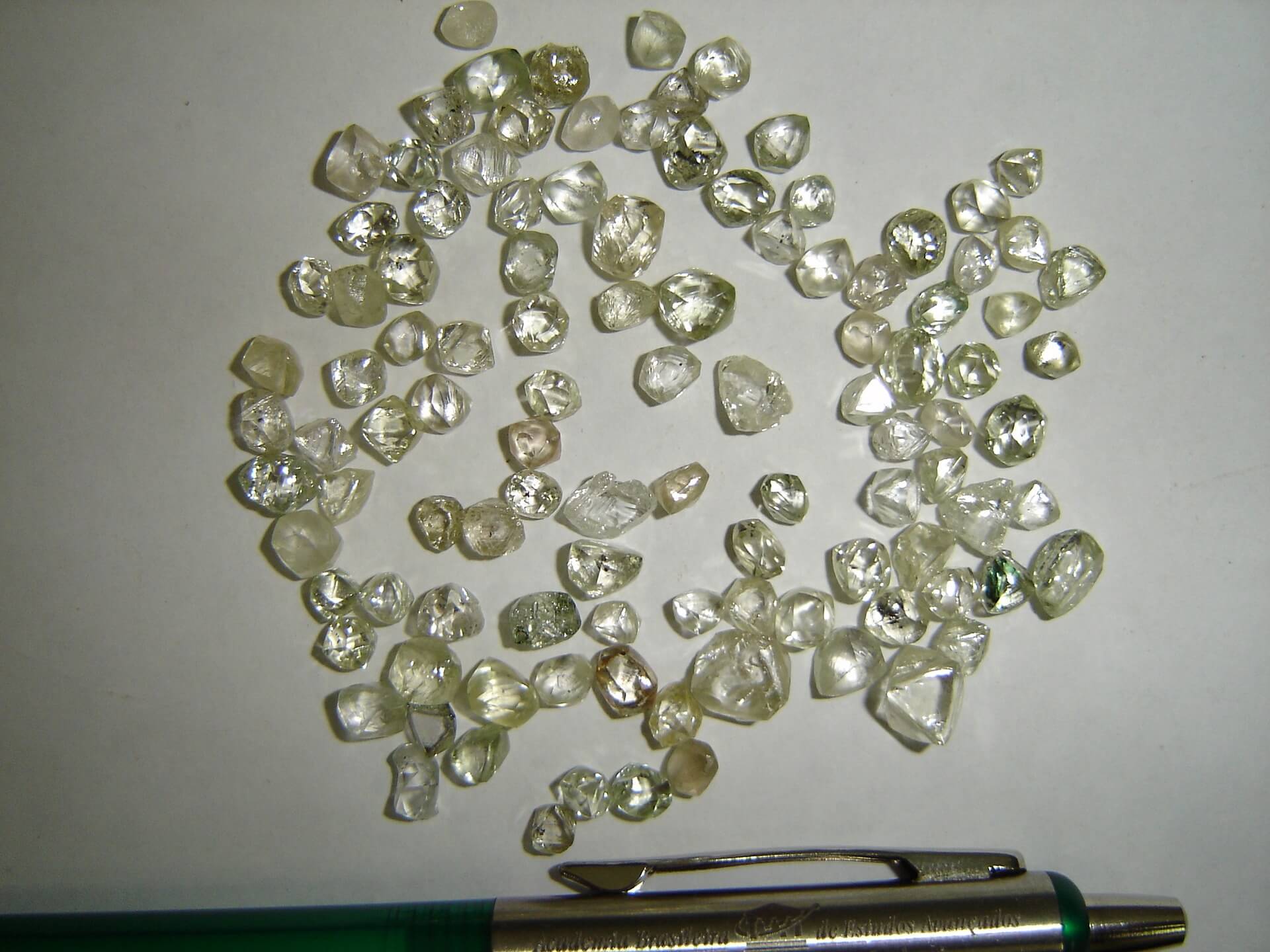
Early in 2017, an evangelical pastor named Emmanuel Momoh from Sierra Leone discovered one of the largest diamonds ever found in the country. The rough mineral was a 709-carat diamond the size of a hockey puck, found in the mining sector of eastern Kono.
Momoh was a self-employed miner who has the permit to legally mine diamonds. This allows him to have a cut from the sale of the diamond. The pastor is just among the many independent miners which are commonplace in the Kono region, the largest diamond-producing region in Sierra Leone. Following the find, the diamond was presented to Sierra Leone’s president and was kept safe in Freetown’s central bank where it awaited valuation and accreditation under the Kimberley Process.
Headed to auction for a good cause
The diamond found is now named the “Peace Diamond” and is considered to be the third-largest diamond found in Sierra Leone, and the 14th-largest worldwide. That diamond is headed to auction on December 4 in New York and will be auctioned off by the Rapaport Group. Considered as a special find, the Peace Diamond is considered a development diamond as 50% of its sale value will go to the community where the diamond was found and to the people of Sierra Leone.
Momoh said at a press conference that the Peace Diamond will help to improve people’s lives as it will help to deliver potable water, electricity, schools medical facilities, bridges, and roads to villages and the Kono District. He added that “This diamond represents our hope for a better future as the resources of Sierra Leone fund growth, development, and jobs.”
Sierra Leone president Dr. Ernest Bai Koroma thanked the local chief and his people for not smuggling the diamond. He also called on the diamond industry to “bid generously for the Peace Diamond as it will bring vital infrastructure and benefit thousands of Sierra Leone’s artisanal diggers.”
Last May, the Peace Diamond was put up for sale with a bid of $7.7 million which the government of Sierra Leone turned down. Authorities announced two months later that they would try to sell it again. Moreover, experts are placing the diamond’s value at over $50 million.
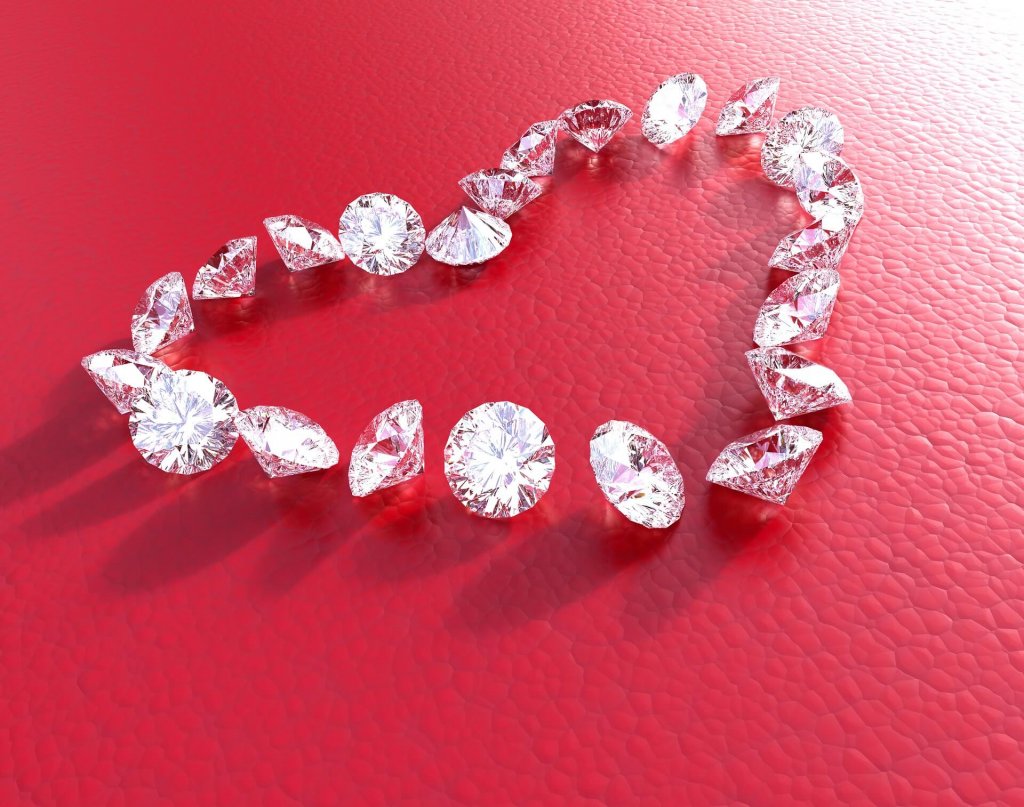
The auction for one of the biggest diamonds in the world will take place in New York by the last month of this year. (Source)
Sierra Leone’s clean break from the blood diamond trade?
The legal sale of the diamond could be beneficial to Sierra Leone as Kono was at the forefront of the blood diamond trade between 1991 and 2002. This illegal trade of diamonds funded the country’s civil war as rebel groups exchanged the precious gems to fund their wars.
These diamonds that fueled the war in Sierra Leone were often sold in its rough form. At the height of the war, the illegal diamond trade represented four percent of the world’s diamond trade production. Those who mined the diamonds are innocent individuals caught up in the conflict.
Thousands of men, women, and children were used as slaves to extract the diamonds. The methods used to mine the diamonds was primitive and involved tough work of digging into mud or gravel using their bare hands.
To ensure that diamonds are conflict-free, the Kimberley Process Certification Scheme was established in 2003 after South African diamond-producing states met in Kimberley, South Africa in May 2000. The group discussed how they can stop the trade in conflict diamonds and ensure that diamonds bought did not help to fund violence.
Members of the certification scheme include the United Nations, the European Union, and governments from 74 countries and the World Diamond Council who certify that rough diamond exports are produced legitimately and are “conflict-free.” Moreover, members of the Kimberley Process are not allowed to trade with non-members.
The upcoming sale of the Peace Diamond is a reminder of how diamonds should be legally obtained and sold, especially in war-torn countries that rely on blood diamonds to fuel their wars. And with the diamond’s proceeds going to a good cause, the Peace Diamond is more than just its monetary value but a sparkle of hope that will help to benefit the lives of many.

-

 Crypto2 weeks ago
Crypto2 weeks agoAAVE Community Challenges Aave Labs Over Governance and Control
-

 Crowdfunding7 days ago
Crowdfunding7 days agoDeep Learning Italia Launches €400K Crowdfunding to Bridge Italy’s Tech Skills Gap
-

 Biotech2 weeks ago
Biotech2 weeks agoSpain Joins First EU Joint Clinical Assessment Under New Health Technology Regulation
-

 Crowdfunding2 weeks ago
Crowdfunding2 weeks agoa2censo Expands Crowdfunding Access for SMEs and New Investors
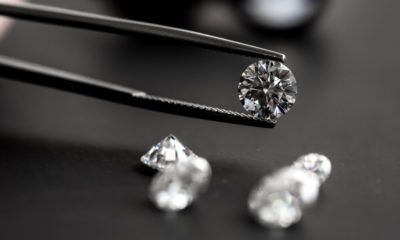

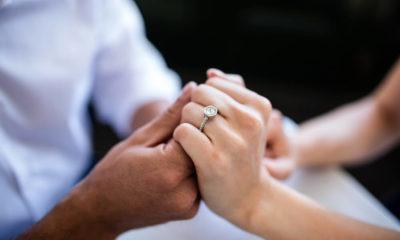

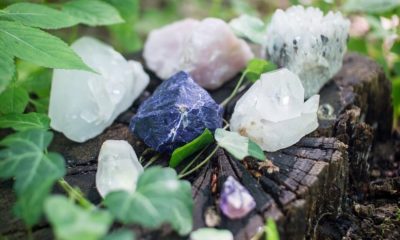

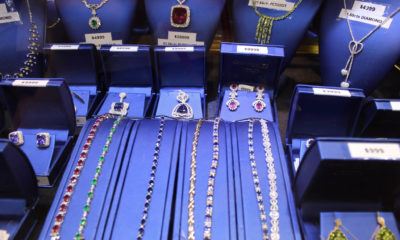

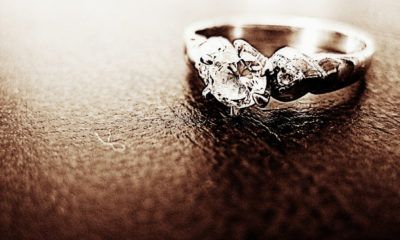

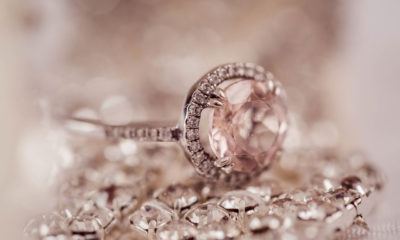















You must be logged in to post a comment Login